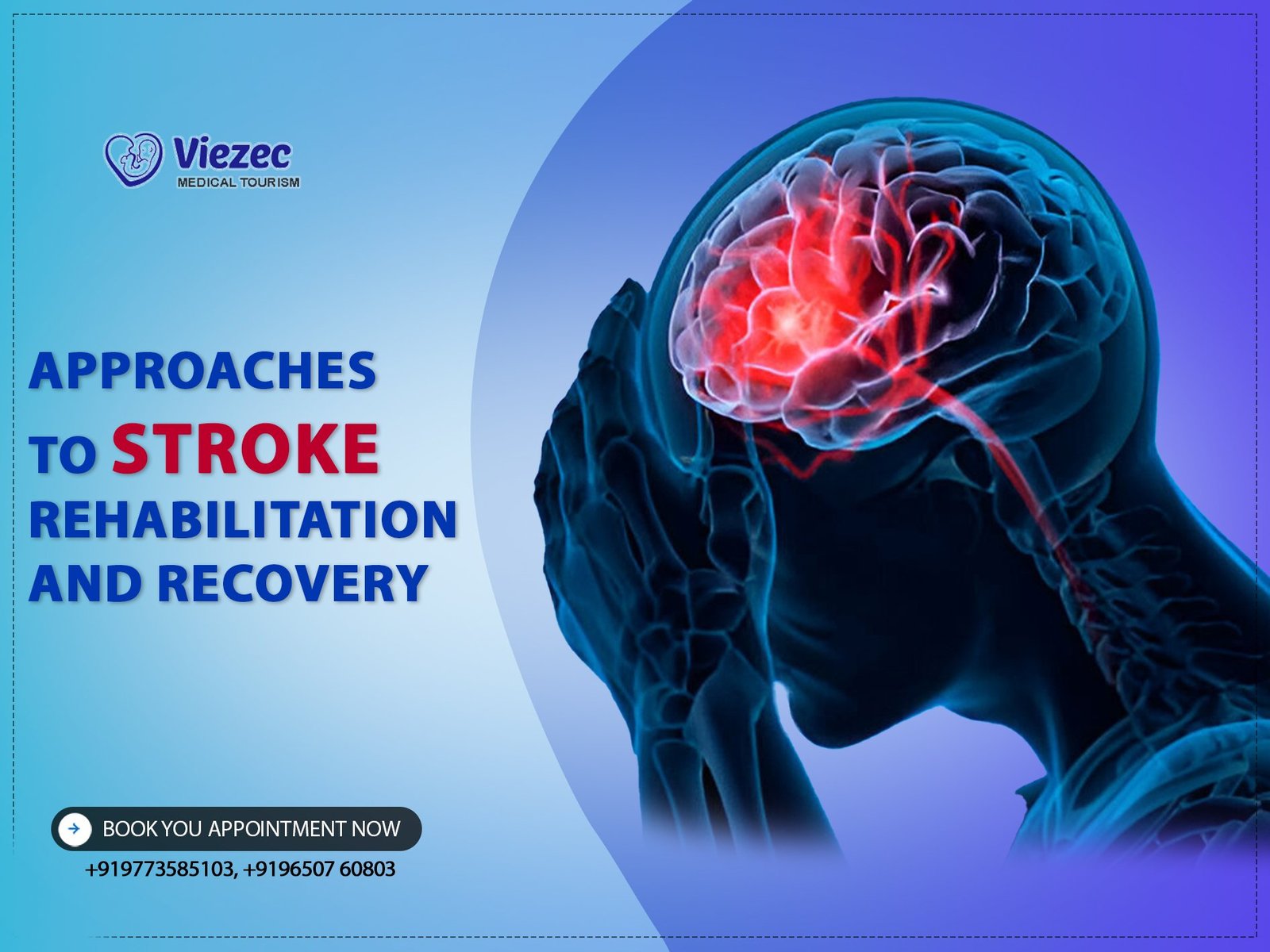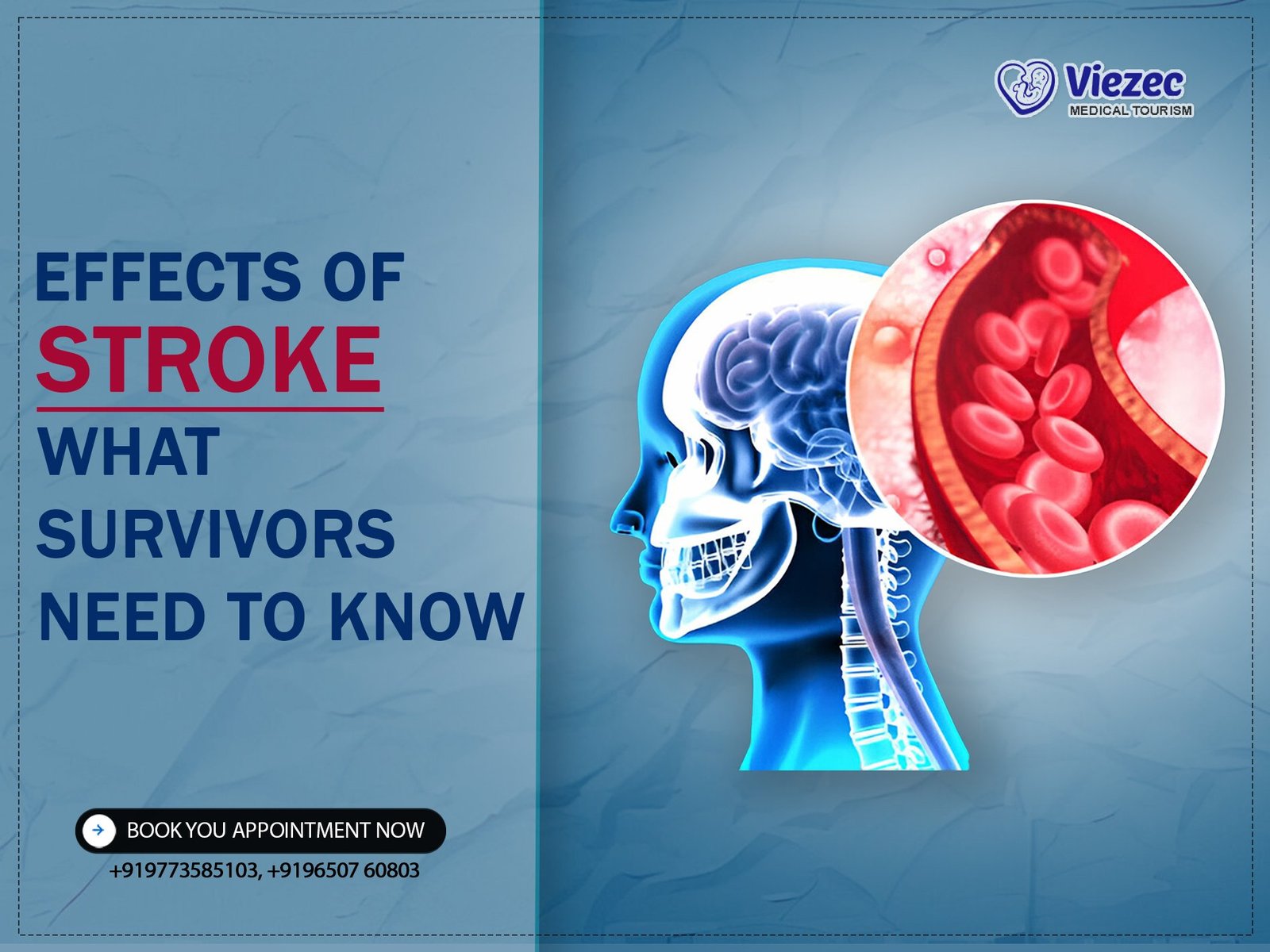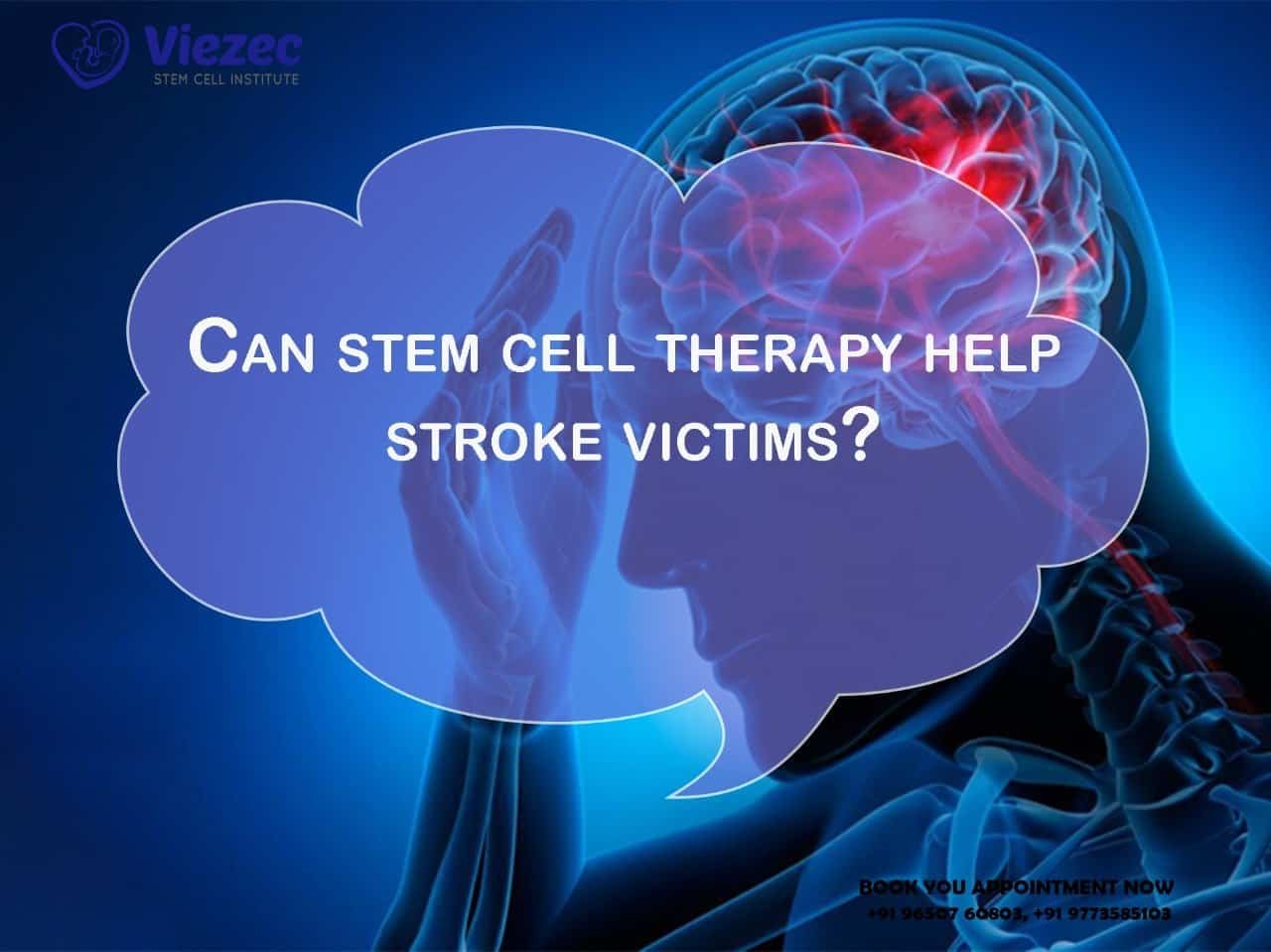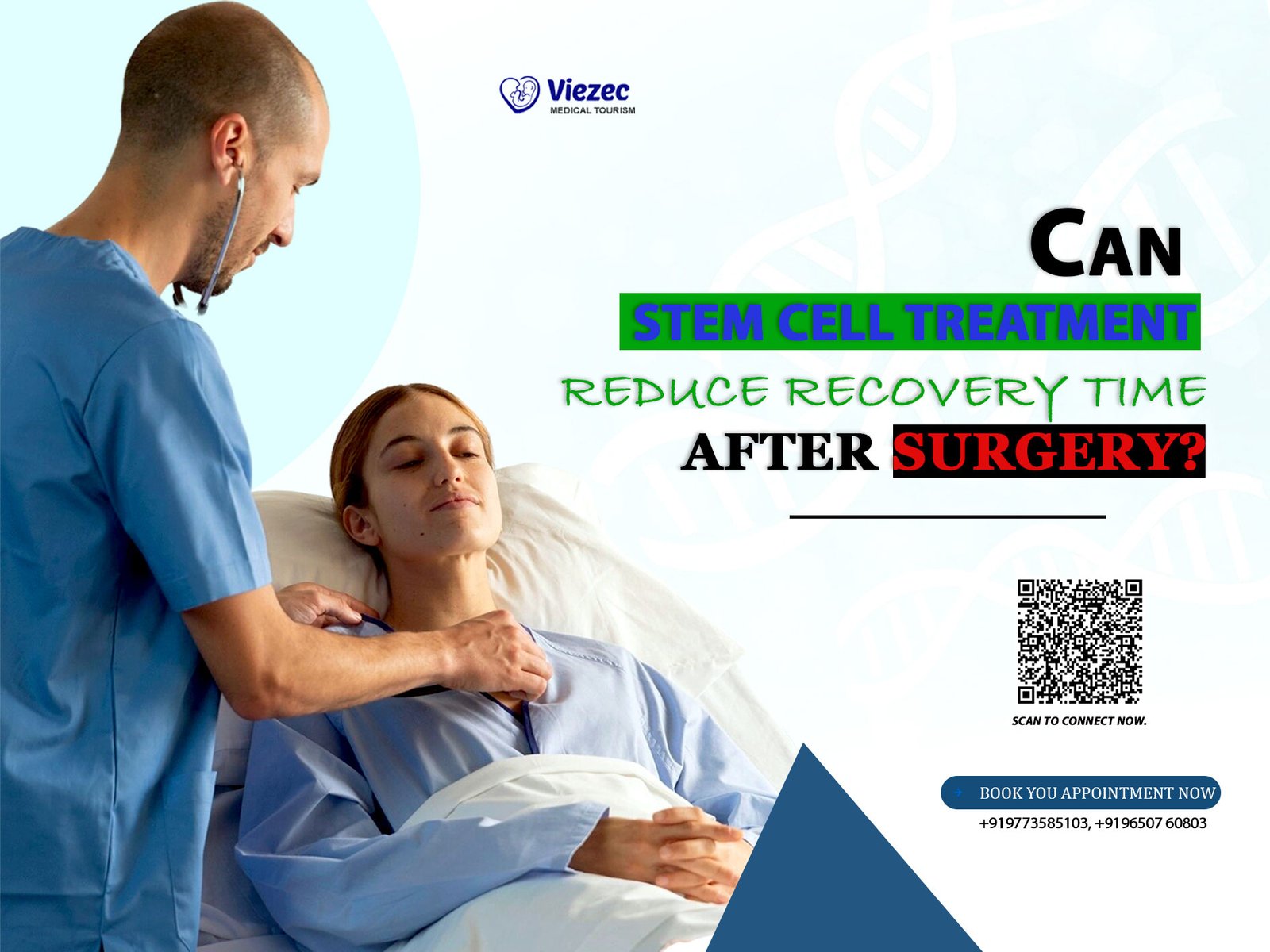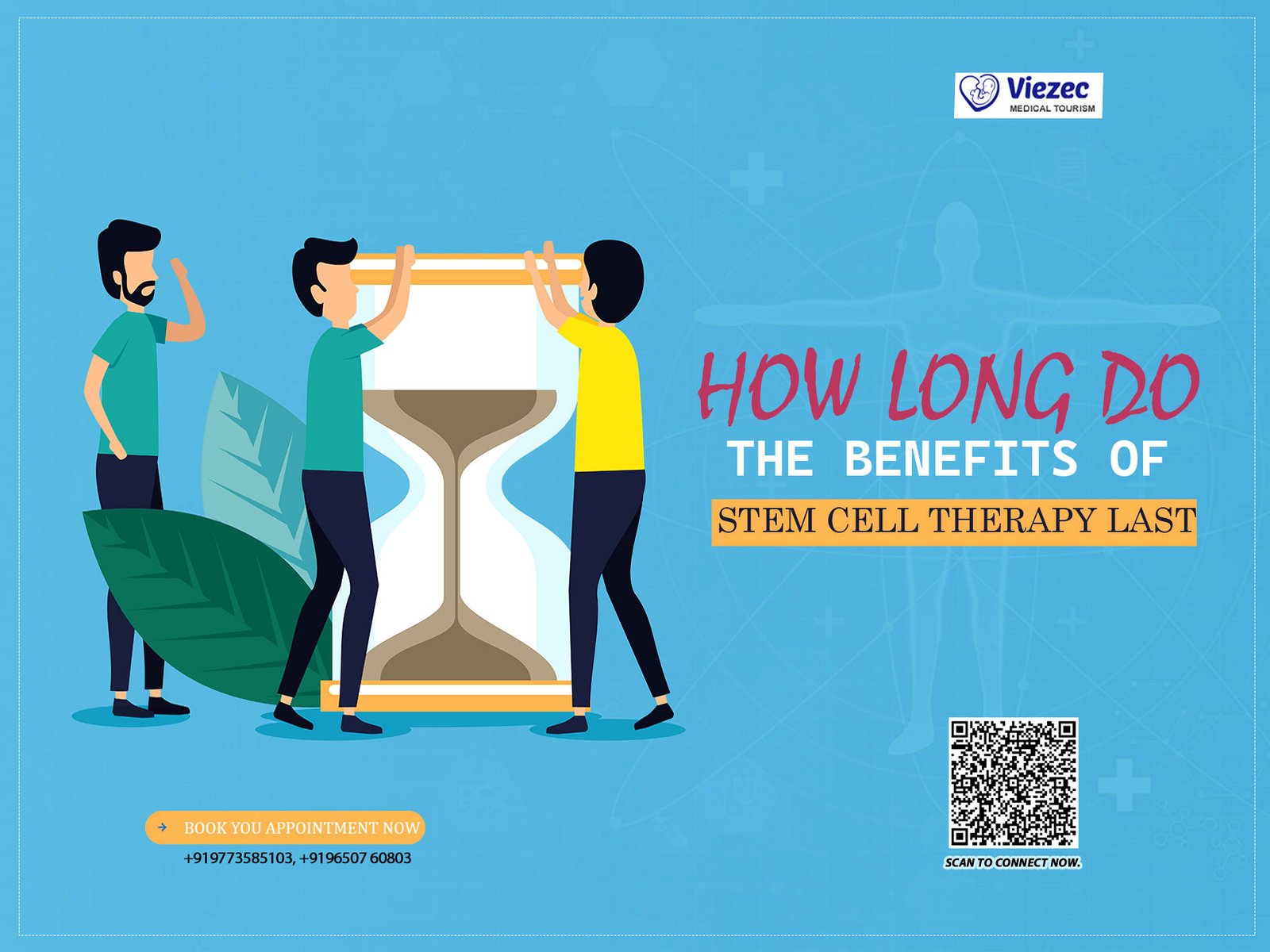Stroke rehabilitation is a comprehensive process aimed at helping individuals regain lost abilities and adapt to new challenges following a stroke. Understanding the intricacies of stroke rehabilitation requires insight into the definition and types of stroke, the neurological basis of rehabilitation, and the importance of early intervention.
Definition and Types of Stroke: A stroke occurs when there is a disruption of blood flow to the brain, leading to brain cell damage. Ischemic strokes result from blockages in blood vessels, while hemorrhagic strokes occur due to blood vessel rupture. Transient ischemic attacks (TIAs) are temporary interruptions of blood flow, often considered warning signs of an impending stroke.
Neurological Basis of Stroke Rehabilitation: Stroke rehabilitation capitalizes on the brain’s neuroplasticity, its ability to rewire and reorganize neural pathways. This process involves relearning lost skills and compensating for permanent deficits through intensive therapy and practice.
Importance of Early Intervention: Early rehabilitation intervention is crucial for maximizing recovery potential. The brain is most receptive to change in the immediate aftermath of a stroke, making early therapy essential for optimal outcomes.
Multidisciplinary Approach to Stroke Recovery
Stroke recovery is a multidimensional process that necessitates a collaborative effort from various healthcare professionals. This approach encompasses physical therapy, cognitive rehabilitation, speech and language therapy, occupational therapy, and psychosocial support.
Role of Physical Therapy: Physical therapy focuses on improving mobility, balance, and coordination through targeted exercises and interventions. Therapists work closely with patients to regain strength and functionality in affected limbs, facilitating independence in daily activities.
Cognitive Rehabilitation Strategies: Cognitive rehabilitation aims to address deficits in memory, attention, and executive function following a stroke. Techniques such as memory exercises, problem-solving tasks, and cognitive training programs help individuals regain cognitive abilities and adapt to cognitive changes.
Speech and Language Therapy: Speech and language therapy targets communication impairments such as aphasia and dysarthria, common consequences of stroke. Therapists employ various techniques, including speech exercises, language drills, and augmentative communication devices, to improve language skills and facilitate effective communication.
Incorporating Occupational Therapy: Occupational therapy focuses on restoring independence in activities of daily living (ADLs) and facilitating participation in meaningful occupations. Therapists assist individuals in adapting their environments, mastering adaptive techniques, and regaining autonomy in self-care tasks.
Psychosocial Support and Counseling: Stroke survivors often experience emotional challenges such as depression, anxiety, and grief. Psychosocial support services provide counseling, education, and emotional support to help individuals cope with the psychological impact of stroke and facilitate adjustment to life changes.
Advances in Medical Interventions
In addition to traditional rehabilitation approaches, advances in medical interventions offer promising avenues for stroke recovery.
Pharmacological Treatments for Stroke Recovery: Pharmacological interventions, including medications targeting neuroplasticity, inflammation, and neuroprotection, show potential for enhancing recovery outcomes post-stroke.
Emerging Role of Stem Cell Therapy: Stem cell therapy holds promise for repairing damaged brain tissue and promoting regeneration following a stroke. Clinical trials are underway to investigate the safety and efficacy of stem cell-based treatments in stroke rehabilitation.
Neurostimulation Techniques: Non-invasive brain stimulation techniques, such as transcranial magnetic stimulation (TMS) and transcranial direct current stimulation (tDCS), modulate neural activity and promote neuroplasticity, offering adjunctive therapeutic options for stroke recovery.
Technology-Assisted Rehabilitation
Technology plays a pivotal role in modern stroke rehabilitation, offering innovative tools and interventions to enhance recovery outcomes.
Virtual Reality in Stroke Rehabilitation: Virtual reality (VR) enables immersive, interactive environments for rehabilitation exercises and activities. VR-based interventions promote motor learning, spatial awareness, and functional recovery in stroke survivors.
Robotics and Exoskeletons: Robotic devices and exoskeletons assist individuals with movement impairments in performing repetitive tasks and exercises. These devices provide targeted support and feedback, facilitating motor relearning and functional recovery.
Wearable Devices for Monitoring and Feedback: Wearable sensors and smart devices offer real-time feedback on movement patterns, activity levels, and physiological parameters. These technologies empower individuals to monitor their progress, adhere to rehabilitation regimens, and engage in self-directed rehabilitation activities.
Individualized Rehabilitation Plans
Tailoring rehabilitation interventions to the unique needs and abilities of each individual is essential for optimizing outcomes.
Assessment Tools for Tailored Interventions: Comprehensive assessments, including physical, cognitive, and psychosocial evaluations, inform the development of personalized rehabilitation plans. Clinicians utilize standardized tests, functional assessments, and patient-reported outcomes to identify strengths, weaknesses, and goals for intervention.
Personalized Exercise Programs: Exercise prescription is customized based on individual functional abilities, impairments, and rehabilitation goals. Progressive exercise regimens target specific motor and cardiovascular deficits, promoting strength, endurance, and functional recovery.
Adaptive Equipment and Environmental Modifications: Assistive devices, adaptive equipment, and environmental modifications facilitate independence and participation in daily activities. These accommodations address functional limitations and promote safety and accessibility in home, work, and community settings.
Community Integration and Support
Successful rehabilitation extends beyond clinical settings to encompass community integration and social support networks.
Transitioning from Hospital to Home: Transition planning facilitates a smooth transition from hospital or rehabilitation facility to home or community-based services. Coordination of care, discharge planning, and caregiver education support individuals in navigating post-discharge challenges and maintaining gains achieved in rehabilitation.
Community Reintegration Programs: Community-based rehabilitation programs offer ongoing support and resources to facilitate social participation and community engagement. Stroke clubs, wellness programs, and recreational activities provide opportunities for social interaction, skill-building, and peer support.
Support Groups and Peer Mentorship: Support groups and peer mentorship programs connect stroke survivors and caregivers, providing emotional support, practical advice, and shared experiences. Peer-led initiatives empower individuals to navigate challenges, celebrate successes, and foster resilience in the recovery journey.
Addressing Functional Limitations
Targeted rehabilitation interventions address specific functional limitations and promote recovery across domains.
Mobility Training and Gait Rehabilitation: Mobility training focuses on improving walking ability, balance, and mobility following a stroke. Gait rehabilitation interventions incorporate gait retraining, balance exercises, and assistive devices to enhance walking performance and reduce fall risk.
Upper Limb Rehabilitation Techniques: Upper limb rehabilitation targets impairments in arm and hand function, aiming to restore dexterity, strength, and coordination. Therapeutic interventions include task-oriented training, constraint-induced movement therapy (CIMT), and neuromuscular reeducation techniques.
Vision and Perception Rehabilitation: Visual and perceptual deficits, such as visual neglect and spatial awareness impairments, impact functional independence and safety. Rehabilitation strategies address visual processing deficits, visual scanning techniques, and environmental modifications to optimize functional outcomes.
Psychological and Emotional Well-being
Coping Strategies for Stroke Survivors
The emotional impact of stroke can be profound, often leading to feelings of frustration, grief, and anxiety. Coping strategies, such as mindfulness techniques, relaxation exercises, and journaling, can help individuals navigate these emotions effectively. Additionally, engaging in meaningful activities and maintaining a sense of purpose contribute to psychological resilience and overall well-being.
Addressing Depression and Anxiety
Depression and anxiety are common psychological sequelae of stroke, affecting both the individual and their caregivers. Recognizing symptoms early and seeking appropriate treatment is essential for optimal recovery. Cognitive-behavioral therapy, medication, and support groups are among the interventions utilized to address these mental health challenges and promote emotional stability.
Family Education and Support
The impact of stroke extends beyond the individual survivor to their family members and caregivers. Providing education and support to families is integral to optimizing the rehabilitation process. Understanding the physical and emotional needs of the survivor, learning effective communication strategies, and accessing community resources can alleviate caregiver burden and enhance the overall caregiving experience.
Long-Term Management and Secondary Prevention
Lifestyle Modifications for Stroke Prevention
Preventing recurrent strokes and managing risk factors are paramount in long-term stroke management. Lifestyle modifications, including regular exercise, a healthy diet, smoking cessation, and managing chronic conditions such as hypertension and diabetes, play a crucial role in reducing the risk of subsequent cardiovascular events.
Continuity of Care and Follow-up
Continuity of care is essential for ensuring ongoing support and monitoring post-stroke. Regular follow-up appointments with healthcare providers allow for the assessment of progress, adjustment of treatment plans, and early detection of any complications or recurrent symptoms. Collaboration among healthcare professionals and effective communication with the patient and their caregivers facilitate seamless transitions between care settings.
Managing Chronic Conditions Post-Stroke
Many stroke survivors contend with chronic conditions such as hypertension, diabetes, and cardiovascular disease, which require ongoing management. Integrating stroke-specific care with chronic disease management ensures comprehensive healthcare delivery and reduces the risk of secondary complications. Patient education, medication adherence, and regular monitoring are central to effectively managing these conditions.
Research Frontiers in Stroke Rehabilitation
Novel Therapeutic Approaches
Advancements in neuroscience and rehabilitation sciences have led to the development of innovative therapeutic approaches for stroke recovery. Techniques such as non-invasive brain stimulation, virtual reality-based rehabilitation, and robotics offer promising avenues for enhancing neuroplasticity and optimizing functional outcomes post-stroke. Ongoing research continues to explore the efficacy and feasibility of these interventions in clinical practice.
Genomic and Precision Medicine in Stroke Recovery
The emergence of genomic and precision medicine holds great potential for personalized stroke rehabilitation strategies. By elucidating genetic determinants of stroke recovery and response to treatment, researchers aim to tailor interventions to individual genetic profiles, optimizing therapeutic outcomes and minimizing adverse effects. Genomic biomarkers may also facilitate early identification of individuals at higher risk of poor recovery, enabling targeted interventions and personalized care plans.
Future Directions in Rehabilitation Science
The future of stroke rehabilitation holds exciting possibilities driven by advancements in technology, neuroscience, and interdisciplinary collaboration. From stem cell therapy and gene editing to brain-computer interfaces and artificial intelligence, the landscape of stroke rehabilitation is evolving rapidly. Embracing these innovations and integrating them into clinical practice promises to revolutionize stroke care, ultimately improving outcomes and quality of life for survivors.
Frequently Asked Questions
How long does stroke rehabilitation typically last?
Stroke rehabilitation duration varies depending on the severity of the stroke, individual recovery trajectory, and specific rehabilitation goals. While some individuals may make significant progress within weeks or months, others may require ongoing therapy and support for years following a stroke.
Are there any alternative or complementary therapies for stroke rehabilitation?
While traditional rehabilitation approaches remain the cornerstone of stroke care, several alternative and complementary therapies, such as acupuncture, yoga, and music therapy, have shown promise in augmenting recovery and improving quality of life for some stroke survivors. It is essential to consult with healthcare professionals before incorporating these therapies into a rehabilitation plan.
What role does nutrition play in stroke recovery?
Nutrition plays a critical role in stroke recovery, supporting overall health, promoting brain function, and reducing the risk of recurrent strokes. A balanced diet rich in fruits, vegetables, whole grains, lean proteins, and healthy fats is recommended. Additionally, maintaining adequate hydration and limiting intake of processed foods, salt, and saturated fats can contribute to optimal recovery and secondary stroke prevention.
For more information on stroke rehabilitation and recovery, visit us online or consult with a healthcare provider specializing in stroke care. Understanding the various approaches to stroke rehabilitation and implementing personalized strategies can significantly enhance outcomes and improve the quality of life for stroke survivors and their families.

